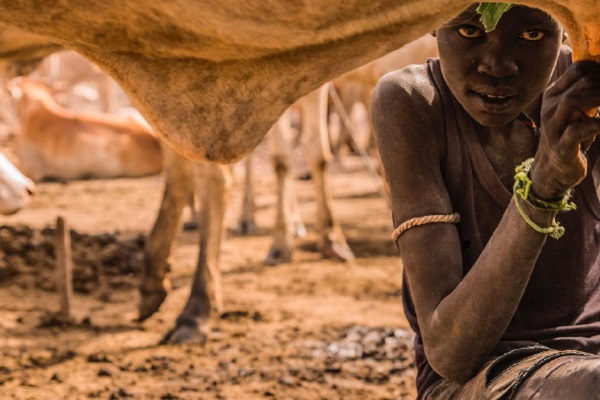News

Kenya commits to boost livestock climate actions
13/02/2023
The current climate crisis is affecting Kenya’s livestock sector in an unprecedented way. A recent drought has put more than half of Kenya’s land at risk, leading to the underfeeding of livestock and the loss of over 2.5 million animals in 2022, stressed Bishar Fille Elmi, Director of Livestoc...
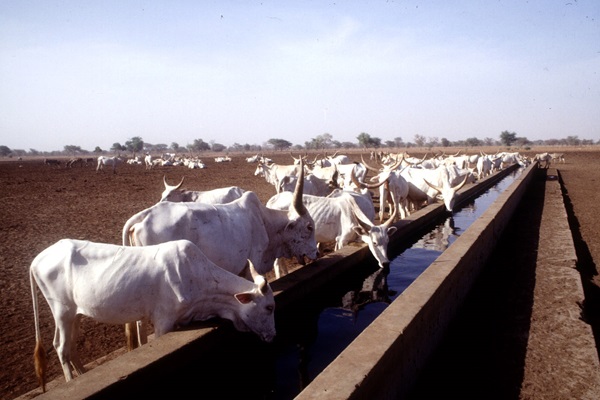
Ready to enhance climate actions in the livestock sector in Senegal
13/02/2023
Increasing average temperatures, sea level rise, reduced rainfall and lack of arable and grazing land, water, and fishery resources are just some of the symptoms of the climate crisis affecting Senegal today. The country mainly faces risks associated with droughts, heat waves, and increasing e...

Flexible Voluntary Contribution funds support countries to enhance climate actions in the livestock sector
09/02/2023

Governments step up action on agriculture and food security at COP27
05/12/2022

Another step forward to enhance livestock climate actions in Kenya
29/11/2022
With a livestock population of over 146 million, livestock play an important socio-economic role in Kenya. Yet, the livestock sector is also one of the most vulnerable to climate change. About 80 percent of Kenya's land surface is in arid or semi-arid areas and livestock farmers in the country...
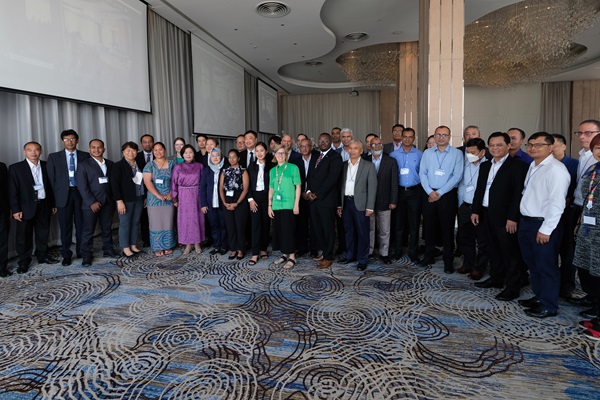
Tackling methane through livestock in Asia and the Pacific
25/11/2022
With climate change and population growth affecting production and demand for livestock products in Asia and the Pacific, countries in the region are now more committed than ever to make the livestock sector more sustainable and climate-friendly. To facilitate dialogue and create new synergies...
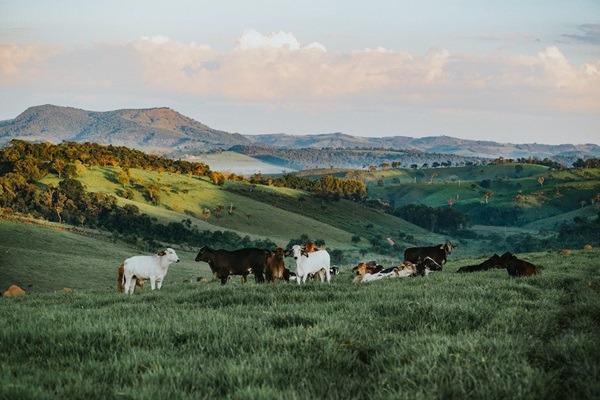
Pathways to dairy net zero: Promoting low carbon and climate resilient livestock in East Africa
17/11/2022
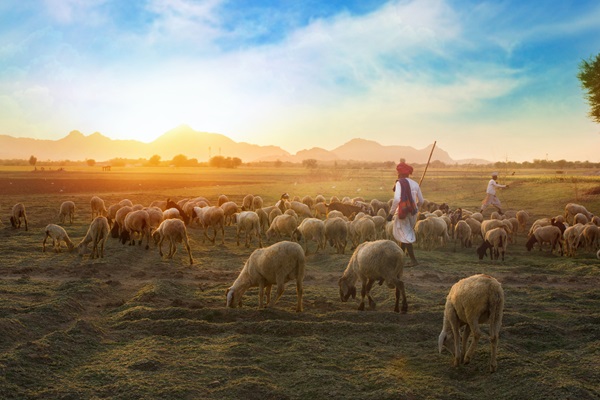
Ready to reduce methane emissions from livestock systems in Asia and the Pacific
21/10/2022
Population growth and climate change impacts across Asia and the Pacific present novel challenges for the livestock sector. Total methane emissions from livestock in South East Asia and Oceania are estimated at 50 million tonnes per year, representing about 40 percent of global methane emissio...
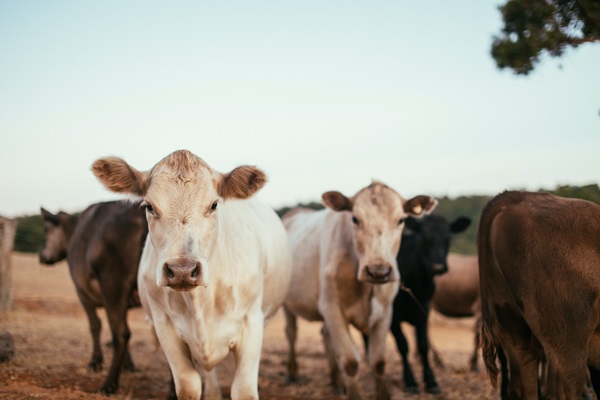
Cutting livestock methane emissions for stronger climate action
06/10/2022
